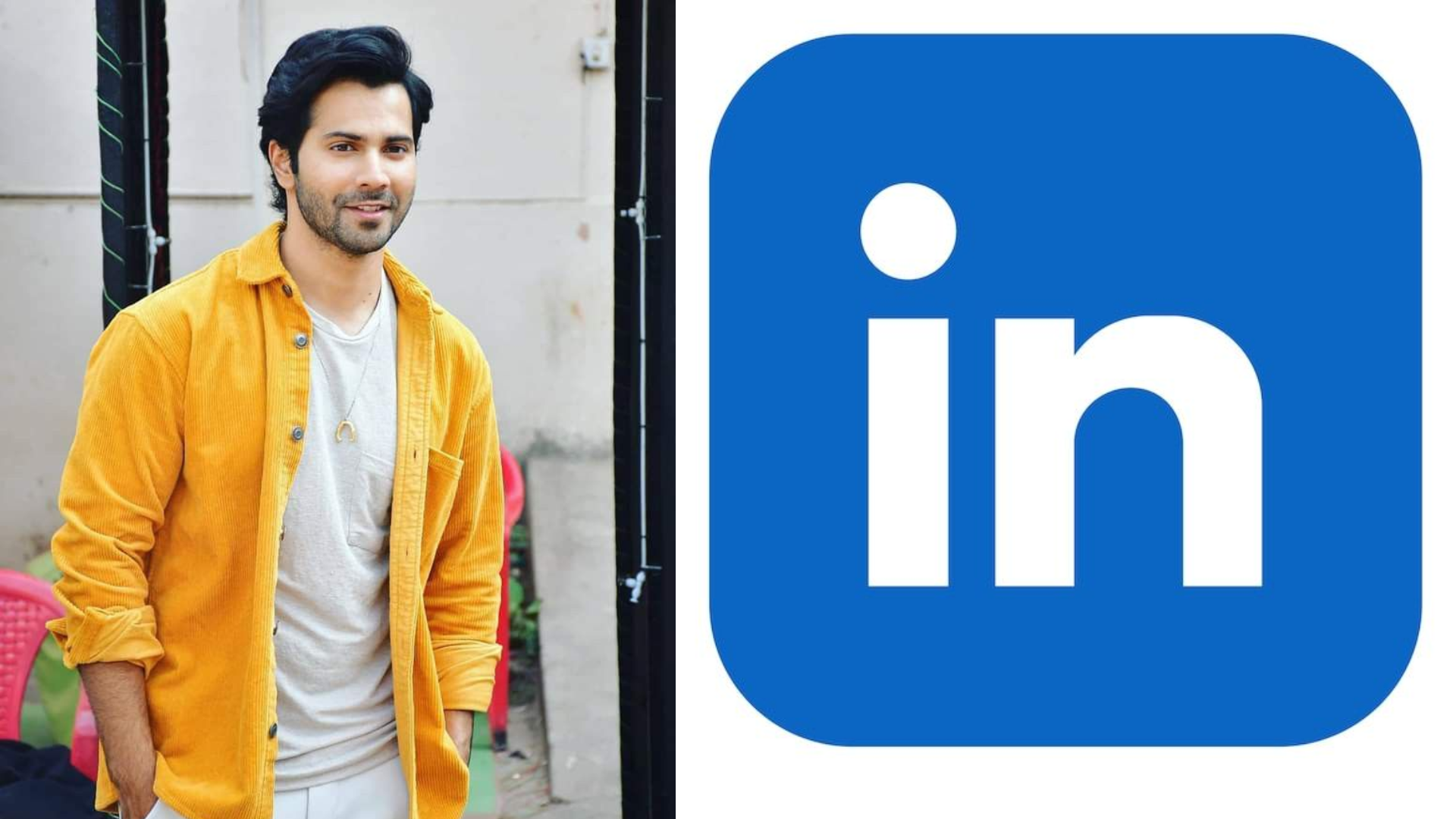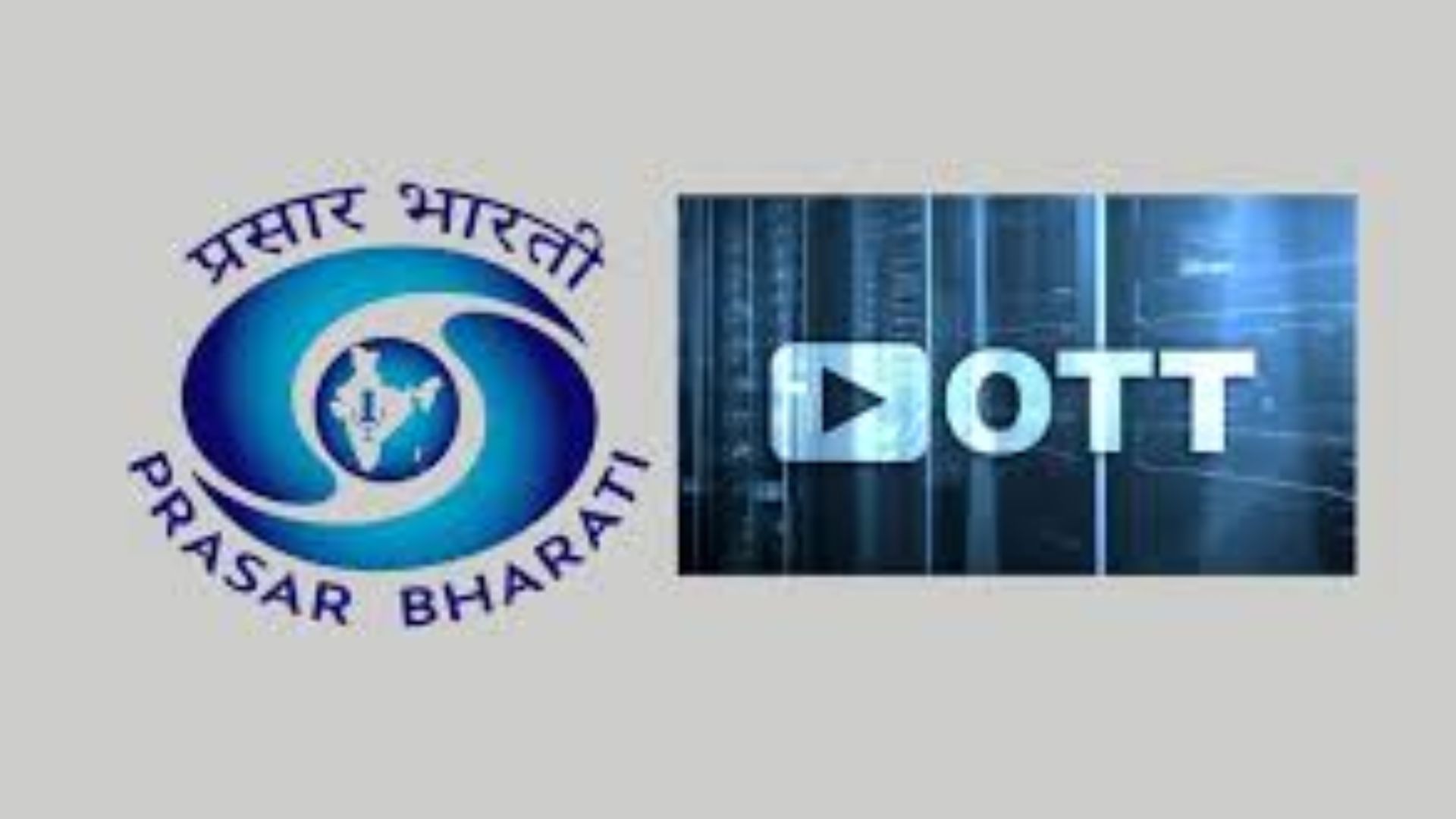As India prepares to celebrate its 78th Independence Day on August 15, 2024, the nation is poised to reflect on its journey from colonial subjugation to sovereign power. This year’s theme, “Viksit Bharat” or “Developed India,” encapsulates the government’s ambitious vision of transforming India into a fully developed nation by 2047, coinciding with the centenary of its independence.
The annual Independence Day celebrations are more than just a ritual; they are a powerful reminder of India’s hard-won freedom and the sacrifices of countless freedom fighters. The theme of “Viksit Bharat” represents a forward-looking aspiration, a commitment to not only remember the past but also to work tirelessly towards a future where India stands tall on the global stage as a developed nation. This theme reflects the ongoing efforts and policies aimed at economic growth, technological advancement, and social progress, all of which are crucial to achieving this vision by 2047.
On the morning of August 15, 2024, the historic Red Fort in Delhi will once again become the focal point of national pride. In keeping with tradition, Prime Minister Narendra Modi will hoist the national flag and deliver his 11th consecutive Independence Day address, his first during his third term. The Prime Minister’s speech is expected to highlight India’s progress over the past year, focusing on the nation’s achievements, ongoing challenges, and future aspirations under the “Viksit Bharat” vision.
Historical Significance of Independence Day
The history of India’s Independence Day is deeply rooted in the long and arduous struggle for freedom from British colonial rule. The fight for independence began with the Revolt of 1857, also known as the First War of Indian Independence. However, it was not until the early 20th century that the freedom movement gained significant momentum under the leadership of Mahatma Gandhi, who championed the principles of non-violence and civil disobedience.
The culmination of these efforts came on July 4, 1947, when the British House of Commons passed the Indian Independence Bill. On August 15, 1947, India officially became an independent nation. Jawaharlal Nehru, the first Prime Minister of independent India, marked this historic moment with his famous speech, “Tryst with Destiny,” and by hoisting the Indian national flag above the Lahori Gate of Red Fort—a tradition that continues to this day.
Independence Day serves as a reminder of the sacrifices made by countless freedom fighters and the collective resolve of the Indian people to achieve self-governance. It is a day of national pride, reflection, and a recommitment to the values of democracy, unity, and progress.
Celebrating Independence Day 2024
Every year, Independence Day is celebrated with a series of events that embody the spirit of patriotism. Citizens across the country participate in flag hoisting ceremonies, parades, cultural programs, and patriotic displays. Schools and colleges organize special events where students perform dances, recite poems, and give speeches that honor the legacy of India’s freedom struggle and its heroes.
This year, the government has issued approximately 18,000 e-invitation cards, including over 4,000 special guests representing various sectors of society. These guests, who symbolize the “four pillars of a developed India” as identified by Prime Minister Modi—farmers, youth, women, and the economically disadvantaged—will join the celebrations at Red Fort, each accompanied by a family member.
The guest list is a diverse representation of India’s social fabric, including 1,000 individuals from the Agriculture and Farmers’ Welfare category, 600 from Youth Affairs, 300 from Women and Child Development, and several others from different sectors such as Panchayati Raj, Tribal Affairs, Education, Defense, Health, Sports, and more.
Public Participation and the Har Ghar Tiranga Movement
In addition to the official ceremonies, the government is encouraging widespread public participation through initiatives like the Har Ghar Tiranga movement. This initiative urges citizens to display the national flag at their homes, workplaces, and businesses, fostering a sense of unity and national pride.
For those unable to attend the celebrations in person, Prime Minister Modi’s speech and the flag hoisting ceremony will be broadcast live on various platforms, including Doordarshan, YouTube via the Press Information Bureau, and social media channels like X (formerly Twitter) on the handles of @PIB_India and the PMO.
As India celebrates its 78th Independence Day, the theme of “Viksit Bharat” serves as a beacon guiding the nation towards a future of prosperity, development, and global leadership. It is a day to honor the past, celebrate the present, and look forward to a brighter, more developed India.

















